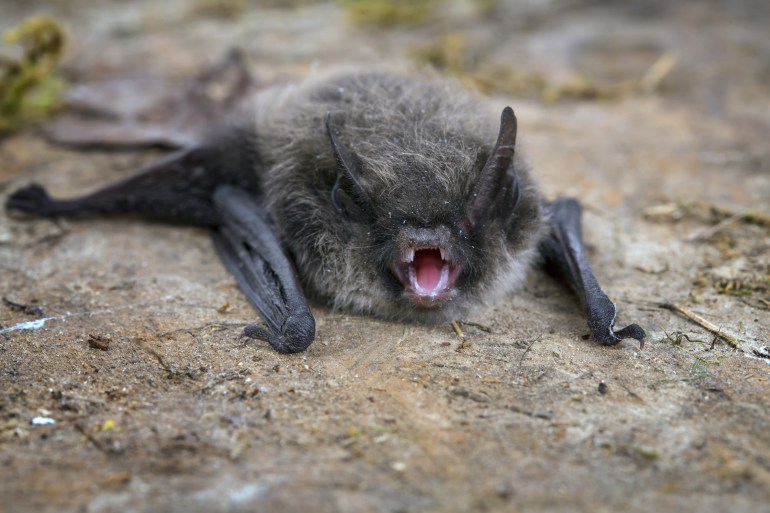Scientists have used several methods to date climate changes, and in a recent study, scientists added a new way to do so by analyzing a pile of bat guano dating back thousands of years, and arriving at interesting results.
While some do not pay attention to a pile of bat droppings that have accumulated over 4,300 years, this droppings have provided a group of researchers with interesting insight into how bats' diets and thus the surrounding climatic conditions have changed over thousands of years.
The researchers published the results of their study in the Journal of Geophysical Research: Biogeosciences, and published a press release on it on the Advancing Earth and Space Science website on April 12th.
Climate change is affecting the bats' diets, which is reflected in their faeces (Getty Images)
Knowing the diet
At a height of two meters, a pile of bat guano - also known as "guano" - clearly recorded the history. By analyzing these layers, scientists were able to discover changes in the diet of bats that lived in a cave in Jamaica (an island in the Caribbean Sea) since thousands of years.
This change in the diet provides glimpses of what the climate and the environment were like at that time, from changes in temperature and rainfall that in turn affect the lives of animals, insects and plants that were available to bats to feed on.
"We study the history of nature and we can find out climatic conditions in the past from sediments at the bottom of lakes, but it is the first time that scientists can do this through the diet of bats," says hydatologist Jules Blaise of the University of Ottawa in Canada. taught us".
Scientists have been interested in the sterols characteristic of plant and animal diets in bat guano (Getty Images)
Biochemical semantics
The researchers were particularly interested in sterols, which are biochemical markers that remain characteristic for thousands of years for both plant and animal food, and are transmitted from food to poop as the species of bats in the cave feed on both fruits and insects, so both types of sterols were found, but in proportions Uneven.
The analysis was conducted on the droppings of bats that currently live in the "Home Away" cave in Jamaica, which includes about 5,000 bats of 5 different species, and that gave the scientific team a basis to work on.
It was also revealed that when the environment was dry, about a thousand and three thousand years ago, this made life difficult for insects, and at those times bats often fed on fruits.
"We inferred that climate in the past had an effect on bats," says biologist Lauren Gallant of the University of Ottawa. "With current changes in climate, we expect to see changes in how bats interact with the surrounding environment, and that may have consequences for ecosystems."
Bat droppings provided evidence of environmental and climate change, both natural and anthropogenic (Getty Images)
Link to historical events
The other interesting discovery is changes in the carbon composition of the guano, which may be related to the arrival of sugar cane in Jamaica in the 15th century. Chemical indications of human activities such as nuclear experiments and the arrival of lead-containing gas can also be observed.
Bats are more important to ecosystems than we expect: they affect the numbers of insects, pollinate flowers and spread seeds, and the method used in this cave is an effective and harmless way to study their diet and find out what has happened to them throughout history.
By using a pile of guano, information spanning thousands of years can be learned.
Geoscientist Michael Beard, from James Cook University in Australia, comments on the study, saying that it is "a very elaborate work that shows how much you can achieve with flap; this study has opened new avenues."

